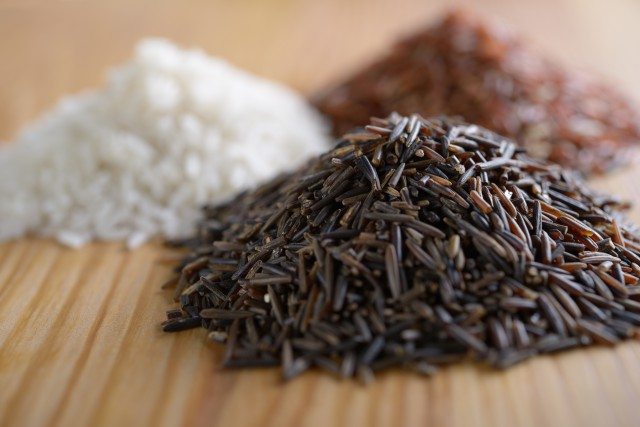While Indonesia has long been recognized as a rice-eating nation, Mintel research finds the local retail rice market is experiencing slowing growth.
According to Mintel Market Sizes, the retail volume of Indonesia’s rice market grew by 3% in 2016, this compares to 2015 when it posted 5% growth.
Moreover, Indonesia’s rice market grew at a compound annual growth rate (CAGR) of just 3.5%, in retail volume, between 2012 and 2016, and is expected to grow at a CAGR of 1.5% from 2017 to 2021.
Despite slowed growth, Indonesia is among the highest rice consuming countries — in terms of total market size — globally with Vietnam at the top of the leaderboard.
The average Vietnamese is estimated to consume 232.5kg of rice (per capita) in 2017; this is followed by Thailand (163.2 kg), China (119.11 kg), Indonesia (103.02 kg), and Malaysia (100.2kg).
“In a country where rice is regarded as a main dietary staple, Indonesia is known to be one of the biggest consumers of rice globally,” says Jodie Minotto, research manager, Asia Pacific.
“However, our research indicates that the Indonesian retail rice market is currently seeing a slowdown in growth, perhaps due to the current attention given to the high prevalence of diabetes within the country.”
“In light of the negativity that surrounds rice today, consumers are reacting and an interest in low-carb diets is forming.”
Mintel research found that 27% of urban Indonesians are avoiding carbohydrates in 2017, rising to 33% consumers aged 35 and above.
Among the reasons behind the avoidance of carbohydrates, 64% of Indonesian consumers who avoid carbohydrates believe it is healthier if they do so, while 37% state that their current diet plan does not allow them to include carbohydrates.
“The glycemic index (GI) of many popular rice varieties will continue to be an issue as cases of diabetes grow,” says Minotto.
“Rice companies in Indonesia are looking for solutions, and unless lower GI strains of rice are developed and made widely available, rice consumption will likely continue to experience slowing growth.”
Certifications, options
Amidst rising income levels, health awareness, and a series of food safety scares, urban Indonesians are also starting to opt for food and drink products that come with the reassurance of an organic certification; 28% of urban Indonesians claim to seek out organic options when shopping for food and drink.
Despite the demand, there has been a limited response from the packaged food and drink industry, with 3% of all food and drink launches in Indonesia from January to August 2017 featuring an organic claim, according to Mintel Global New Products Database (GNPD).
The food categories where organic certification is most sought after tend to be staples such as rice.
Some 75% of urban Indonesian consumers have purchased organic rice and noodles in the six months leading to June 2017.
“In Indonesia, rice is seen traditionally as an affordable and filling staple,” says Minotto.
“While organic rice varieties tend to attract a premium price, recent food safety scandals involving rice have fueled consumer distrust in food and drink brands, prompting them to seek reassurance in organic certifications.”
“Urban Indonesian consumers are going for organic options because they believe them to be not only healthier, but safer as well.”
In fact, 42% of urban Indonesian consumers associate organic food with the absence of harmful ingredients including chemical residues.
Forty percent of urban Indonesians purchase organic products because these options do not contain any harmful ingredients (45%) and are healthier alternatives (43%).
“Organic rice is a small but growing niche in urban Indonesia, with its uptake being facilitated by recognized, international organizations,” says Minotto.
“As a result of this push, there is likely to be an increasing supply of organic rice going forward, particularly as organic rice farming continues to attract the interests of local farmers in Indonesia.”
“While much of this is destined for the local market, export is another channel rice growers can look to develop.”
“Finally, to counter the impact of food safety scandals on their product, non-organic rice brands have the opportunity to provide consumers with information about where and how the rice is grown, and provide assurances of product safety.”










